Politics
France officially recognizes Palestine at historic UN summit
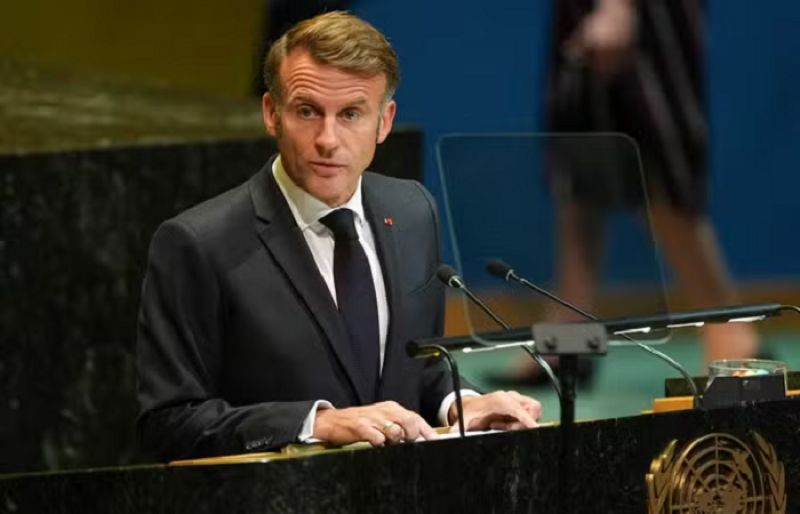

Macron, speaking at a summit that Israel and its key ally the United States did not attend, called for an end to the war in Gaza.
“The time for peace has come, as we are moments away from losing the opportunity to seize it,” Macron said during his address to the General Assembly.
He added, “The time has come to free the 48 hostages held by Hamas, to end the war, the bombings of Gaza, the massacres, and the displacement.”
However, Macron clarified that France would not open an embassy to a Palestinian state until a ceasefire is in place in Gaza and all hostages are released.
The Palestinian Authority praised France’s “historic and courageous” decision, giving Macron a standing ovation.
Following France, Australia, Britain, Canada, and Portugal recognized a Palestinian state, increasing pressure on Israel amid its military campaign in Gaza.
Monaco, Belgium, Andorra, Malta, and Luxembourg also announced recognition from the General Assembly podium, bringing the total number of recognitions to three-quarters of UN member states.
Spain, Ireland, and Norway had recognized Palestine in May, while Sweden did so in 2014.
Israeli Prime Minister Benjamin Netanyahu has repeatedly vowed to block Palestinian statehood, and far-right members of his cabinet have threatened to annex the West Bank to prevent it.
Israel’s UN ambassador Danny Danon said Israel “will take action.”
“They are not promoting peace. They are supporting terrorism,” he said.
US President Donald Trump “believes (recognizing) is a reward to Hamas,” White House Press Secretary Karoline Leavitt said.
UN Secretary-General Antonio Guterres told AFP ahead of the summit: “We should not feel intimidated by the risk of retaliation.”
– Palestinian Authority presses Hamas –
The war was unleashed when Hamas attacked Israel from Gaza on October 7, 2023, bringing a relentless counterattack by Israel.
An independent state would be centered around the Palestinian Authority, which exerts limited control in the West Bank, and is the rival of Gaza-based Hamas.
Israel has sought to minimize the distinction between the two, and Washington, in an unusual step, refused to allow Palestinian Authority president Mahmud Abbas to attend.
The 89-year-old veteran Palestinian leader, forced to address the summit virtually, called on Hamas to surrender its weapons to his Palestinian Authority.
“We also condemn the killing and detention of civilians, including Hamas actions on October 7, 2023,” he said.
France co-hosted the summit with Saudi Arabia, which has flirted with normalization with Israel, a top goal for Netanyahu.
The Saudi foreign minister, Prince Faisal bin Farhan, told the summit that concluded late Monday that all countries should follow suit and recognize a Palestinian state.
Limited practical effect
Germany, Italy and Japan, while all critical of Israel’s actions in Gaza, are among major US allies that declined to recognize a Palestinian state.
“A negotiated two-state solution is the path that can allow Israelis and Palestinians to live in peace, security and dignity,” German Foreign Minister Johann Wadephul said.
Britain, which backed a Jewish homeland in 1917, said it would back off recognizing a Palestinian state if Israel agreed to a Gaza ceasefire.
Instead, Israel launched a massive new campaign aimed at seizing Gaza City.
But recognition, while historic, is unlikely to change facts on the ground.
“Unless backed up by concrete measures, recognizing Palestine as a state risks becoming a distraction from the reality, which is an accelerating erasure of Palestinian life in their homeland,” said the International Crisis Group’s Israel-Palestine project director, Max Rodenbeck.
The October 7, 2023, Hamas attack on Israel resulted in the deaths of 1,219 Israelis, mostly civilians, according to official data.
Israeli military operations since then have killed 65,344 Palestinians, mostly civilians, says the Hamas-run health ministry, figures the UN considers reliable.
Politics
Why is Trump demolishing part of the White House?
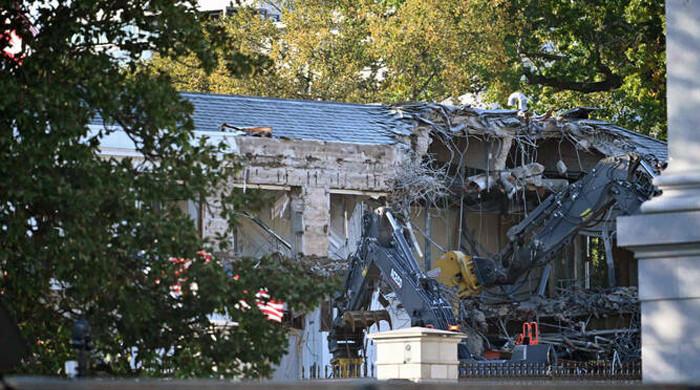
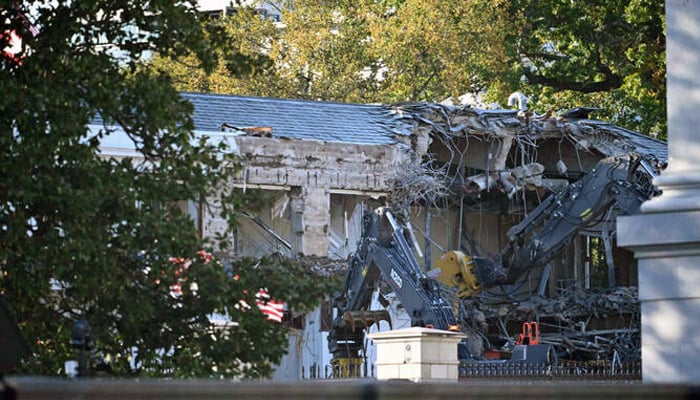
Demolition crews were tearing down part of the White House’s storied East Wing on Monday to begin building President Donald Trump’s ballroom, a project he had said would not interfere with the existing landmark.
Large construction equipment was seen picking apart the facade of the building, a part of the White House complex that has housed the first lady’s offices, a theater, and a visitor’s entrance that welcomes foreign dignitaries.
The ballroom project is expected to cost upwards of $250 million, which Trump said in July would be paid by himself and donors.
“It will be beautiful,” Trump said at the time. “It won’t interfere with the current building. It won’t be — it will be near it, but not touching it. And pays total respect to the existing building, which I’m the biggest fan of. It’s my favorite.”Wh
The White House did not respond to a request for comment on Monday about the demolition to the current East Wing building.
Trump announced on Monday that ground had been broken on the project after images of the demolition began circulating in news reports.
“Right behind us, we’re building a ballroom,” Trump told visiting college baseball athletes from Louisiana State University in the nearby White House residence’s East Room. “I didn’t know I’d be standing here right now ’cause right on the other side you have a lot of construction going on, which you might hear periodically.”
Future parties are set to start with cocktails in the East Room before guests are beckoned into what Trump has said will be the “finest” ballroom in the country, with views of the Washington Monument and room for 999 people.
“Completely separate from the White House itself, the East Wing is being fully modernized as part of this process, and will be more beautiful than ever when it is complete!” he said later on Truth Social.
Trump, who was a real estate developer before launching his political career, has made extensive cosmetic changes to the White House, hand-picking gold ornamentation for the Oval Office and redoing the Rose Garden in the style of his golf clubs. He has also taken an interest in the capital city of Washington and surrounding area, proposing an Arc de Triomphe-style monument to celebrate the 250th anniversary of the United States in 2026.
The current East Wing was erected in 1942, during Franklin D. Roosevelt’s administration and amid World War Two, over a bunker built for the president’s use in case of emergency.
But the complex sometimes strains to hold the number of employees, visitors and guests of the president who wish to attend its events. Several White House state dinners, for instance, have been hosted in a tent erected on the South Lawn.
Politics
US-Australia rare earths agreement signed, Trump promises submarines
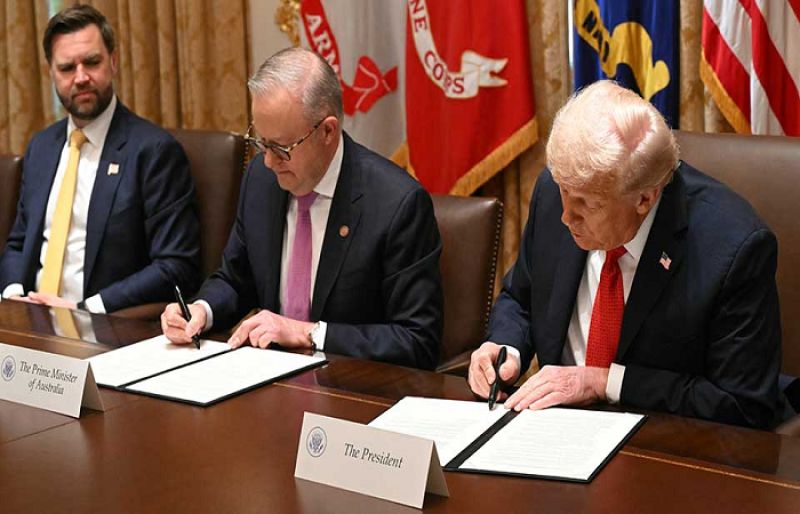

US President Donald Trump signed a deal on rare earth minerals with Australian Prime Minister Anthony Albanese on Monday, pledging that Australia would receive coveted nuclear-powered attack submarines.
The leaders met at the White House to focus on defense and critical minerals cooperation, aiming to counter what both countries see as an increasingly assertive China.
Albanese said the deal would create $8.5 billion in critical minerals projects in Australia and elevate bilateral relations to the “next level.”
Australia’s abundant supply of lithium, cobalt, and manganese essential for semiconductors, defense hardware, electric vehicles, and wind turbines is seen as a way to reduce global dependence on China.
China remains the largest refiner of lithium and nickel and dominates processing of other rare earth elements.
While Australia cannot challenge this monopoly, it offers a smaller, reliable supply that reduces reliance on China.
The US and Australian governments will each invest over $1 billion in the next six months, with the White House citing a combined $3 billion investment.
Trump also confirmed progress on the stalled AUKUS submarine deal, ensuring Australia will receive at least three Virginia-class nuclear attack submarines previously signed under President Joe Biden.
“The submarines that we’re starting to build for Australia are really moving along,” Trump said. “We’ve worked on this long and hard, and the process is moving very rapidly and very well.”
I don’t like you either
The AUKUS deal could cost Canberra up to US$235 billion over the next 30 years. It also includes the technology to build its own vessels in the future.
Australia also had a major bust-up with France after it canceled a multi-billion-dollar deal to buy a fleet of diesel-powered submarines from Paris and go with the AUKUS program instead.
The nuclear-powered vessels lie at the heart of Australia’s strategy of improving its long-range strike capabilities in the Pacific, particularly against China.
But the Trump administration said in June it had put AUKUS under review to ensure it aligned with his “America First agenda,” saying it needed to ensure the United States had enough of the subs.
Albanese meanwhile managed to ride out an awkward confrontation between Trump and Australia’s ambassador to Washington former prime minister Kevin Rudd.
Rudd deleted a series of critical social media posts about Trump following the Republican’s election victory last year.
“I don’t like you either. I don’t. And I probably never will,” Trump said to Rudd when a reporter pointed out that the ex-premier was in the room and asked the US president whether he minded the comments.
Australians have a mostly unfavorable view of the Trump administration, polling shows, though the country relies on the United States to balance China’s expanding military clout in the Pacific region.
China loomed large over both of the key issues in the talks.
Australia has touted itself as a key US ally against China’s territorial assertiveness in the Asia-Pacific region, from Taiwan to the South China Sea.
On China, Australia announced plans for a strategic reserve of critical minerals to provide to “key partners” such as Washington to help relax Beijing’s chokehold.
Trump this month accused China of pressuring trade partners with new rare export curbs and threatened 100-percent tariffs in response.
Politics
Japan appoints China hawk Takaichi as its first woman PM
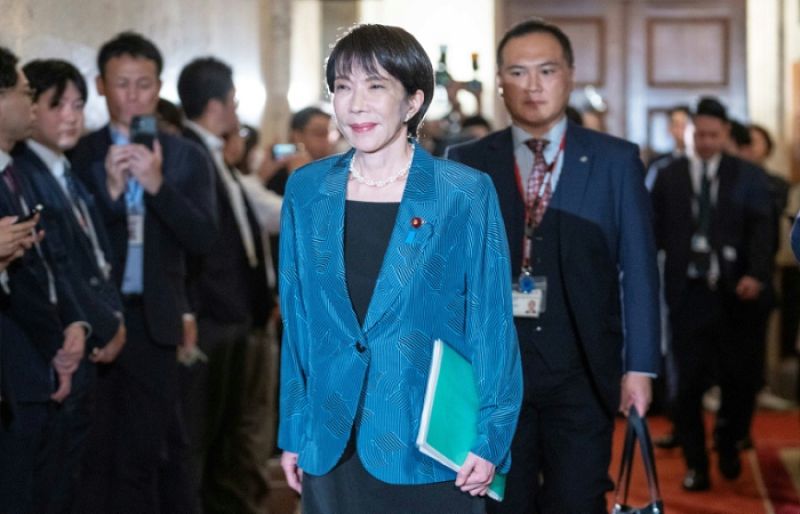

Japan made history on Tuesday by appointing Sanae Takaichi as its first female prime minister. A China hawk and social conservative, Takaichi secured the position after striking an 11th-hour coalition deal.
She becomes Japan’s fifth premier in as many years and will lead a minority government with a packed agenda, including a scheduled visit by US President Donald Trump next week.
Parliament voted Takaichi into office after she unexpectedly won a majority in the first round. She is set to formally take office following a meeting with the emperor.
Takaichi, a former heavy metal drummer, became head of the ruling Liberal Democratic Party (LDP) on October 4.
The LDP, which has governed almost continuously for decades, has been losing support, and six days later, the Komeito party left the coalition due to Takaichi’s conservative views and an LDP slush fund scandal.
This prompted Takaichi to form a last-minute alliance with the right-leaning Japan Innovation Party (JIP), which supports lowering the consumption tax on food to zero, abolishing corporate and organizational donations, and reducing the number of MPs.
Takaichi pledged to “make Japan’s economy stronger and reshape the country for future generations.”
“She’s a strong-minded person, regardless of being a woman,” said 76-year-old pensioner Toru Takahashi in Takaichi’s hometown of Nara. “She’s not like Trump, but she’s clear about what’s right and wrong.”
Nordic
Takaichi has promised a cabinet with “Nordic” levels of women, up from two under outgoing premier Shigeru Ishiba.
These could include the right-wing Satsuki Katayama in charge of finances and the half-American Kimi Onoda as economic security minister, local media said.
Japan ranked 118 out of 148 in the World Economic Forum’s 2025 Global Gender Gap Report. Around 15 percent of lower house MPs are women and corporate boardrooms are overwhelmingly male.
Takaichi, 64, has said she hopes to raise awareness about women’s health struggles and has spoken candidly about her own experience with menopause.
But she opposes revising a 19th-century law requiring married couples to share the same surname, and wants the imperial family to stick to male-only succession.
In Nara, company worker Keiko Yoshida, 39, told AFP she hopes Takaichi will “make Japan a more liveable place for women”.
“I’d be happy if we saw more policies from a woman’s perspective: support for childcare, and help for women returning to work after having children,” agreed student Nina Terao, 18.
Abenomics
Details of a trade deal between Washington and Tokyo remain unresolved, and Trump also wants Japan to stop Russian energy imports and boost defence spending.
“I’d like her to be a Prime Minister who can clearly say ‘No’ when needed,” Satoshi Sakamoto, 73, another Nara pensioner, told AFP.
Beyond Trump, Takaichi’s many challenges include reversing the decline of Japan’s population and injecting some vim in the flatlining economy.
Being in a minority in both houses of parliament, the new coalition will need support from other parties to push through legislation.
Takaichi has in the past backed aggressive monetary easing and expanded government spending, echoing her mentor, former premier Shinzo Abe.
Despite walking back on these “Abenomics” calls in the LDP leadership contest, her victory has boosted Japanese stocks to record highs.
She previously said that “Japan is completely looked down on by China”, and that Tokyo must “address the security threat” posed by Beijing.
But she has since toned down her rhetoric on China, and stayed away last week from a festival at the Yasukuni shrine — she has been a regular visitor before — honouring Japan’s war dead.
Takaichi will also be under pressure to restore the fortunes of the LDP after a string of poor election results that cost Ishiba his job.
Smaller parties gaining support include the populist Sanseito, which calls immigration a “silent invasion”.
“Prices have gone up, and it’s tough,” Nara pensioner Satoe Tominaga, 77, told AFP, saying she was “50-50” about Takaichi.
“Honestly, I mostly shop at 100-yen ($0.66) stores now.”
-
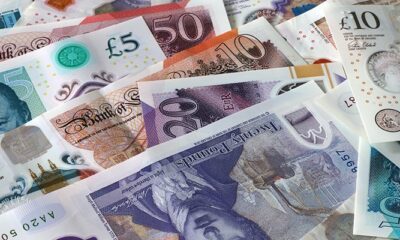
 Tech1 week ago
Tech1 week agoUK police to upgrade illicit asset recovery system | Computer Weekly
-

 Tech5 days ago
Tech5 days agoWhy the F5 Hack Created an ‘Imminent Threat’ for Thousands of Networks
-

 Tech6 days ago
Tech6 days agoWhat Is Google One, and Should You Subscribe?
-

 Entertainment1 week ago
Entertainment1 week agoVictoria Beckham thinks Brooklyn Beckham is fed up with Nicola Peltz drama?
-

 Tech1 week ago
Tech1 week agoMassive UK dieselgate lawsuit reaches court
-
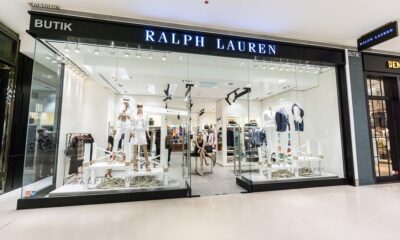
 Fashion1 week ago
Fashion1 week agoUS brand Ralph Lauren reports 2025 sustainability progress
-
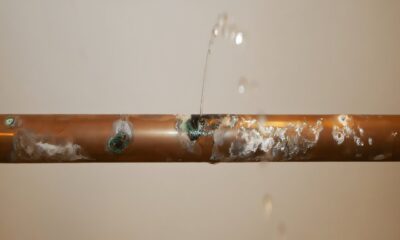
 Tech1 week ago
Tech1 week agoWhen does it pay for housing associations to replace water and sewage pipes?
-

 Tech2 days ago
Tech2 days agoHow to Protect Yourself Against Getting Locked Out of Your Cloud Accounts






